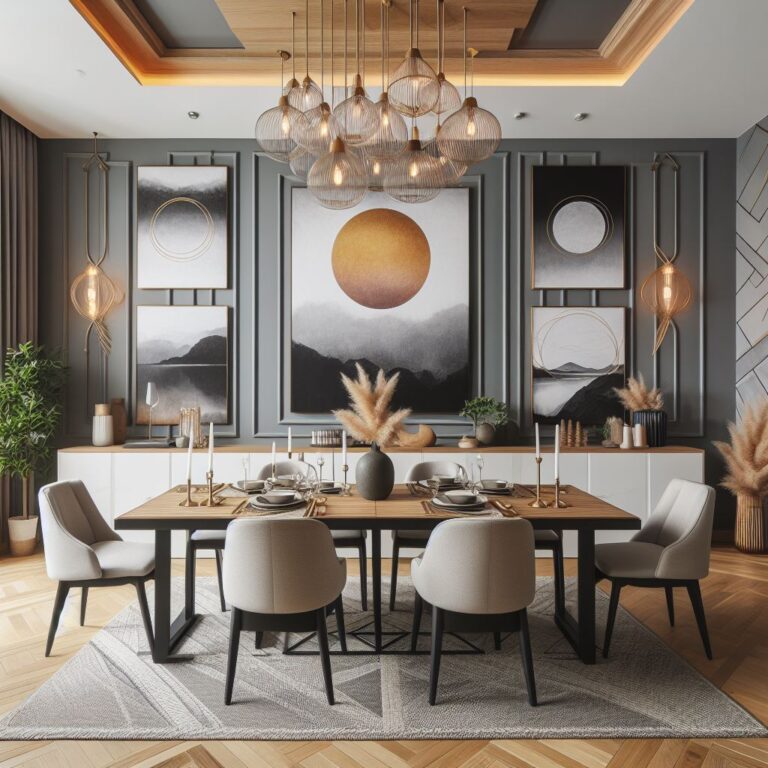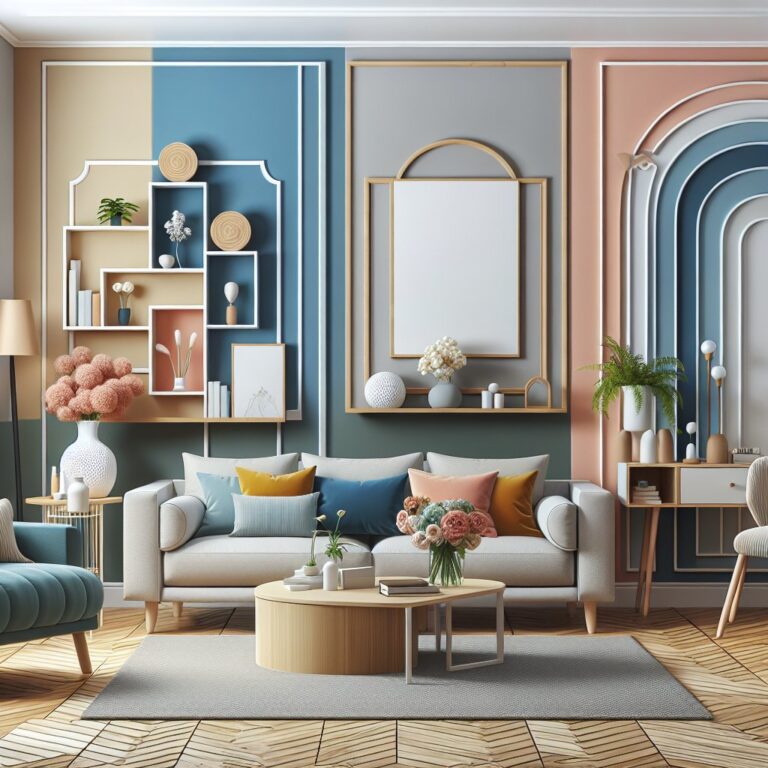5 Enduring Main Door Designs That Never Go Out of Style
A home’s front door is much more than an entry point – it’s a statement of intent, a herald of the warmth and character housed within, and a snapshot of the era and style in which the home was built. When it comes to classic homes, choosing the right main door designs is absolutely pivotal. Not only does it largely influence your home’s curb appeal, but it’s also the transition piece that seamlessly—or substantially—leads into your interior aesthetic.
Whether you’re contemplating a renovation or simply looking to appreciate the historical backdrop of design, the main door of a classic home tells a story that’s worth exploring and preserving. Here, we unearth five timeless main door design ideas that have continuously graced the facades of the most unforgettable homes and show you how to integrate them into your abode for a touch of lasting elegance.
Traditional Wood Carved Doors
The allure of handcrafted woodwork dates back centuries. For those enamored by the craftsmanship of the bygone era, traditional wood carved doors are veritable treasures. These doors often feature rich, intricate detailing, significant to each carved element, telling a story or symbolizing a facet of the home’s ambiance.
Historical Roots
Wood carving is one of the oldest forms of decorative arts, with historical roots stretching into various cultures. In classic European estates, these doors often depicted pastoral scenes, heraldic emblems, or religious iconography, reflecting the family’s heritage or aspirations.
Modern Appeal
Today, wood carved doors are highly customizable and serve as focal points that exude luxury and warmth. Modern artisans often blend various wood species to create beautiful contrasts, and the incorporation of glass panes can infuse the design with a contemporary feel.
Integration Tips
Pair a wood carved door with stone or brick exteriors for a medieval or rustic charm. Inside, consider continuing the wood motif with carved paneling and furniture to create a cohesive look that resonates with history enthusiasts and design purists alike.
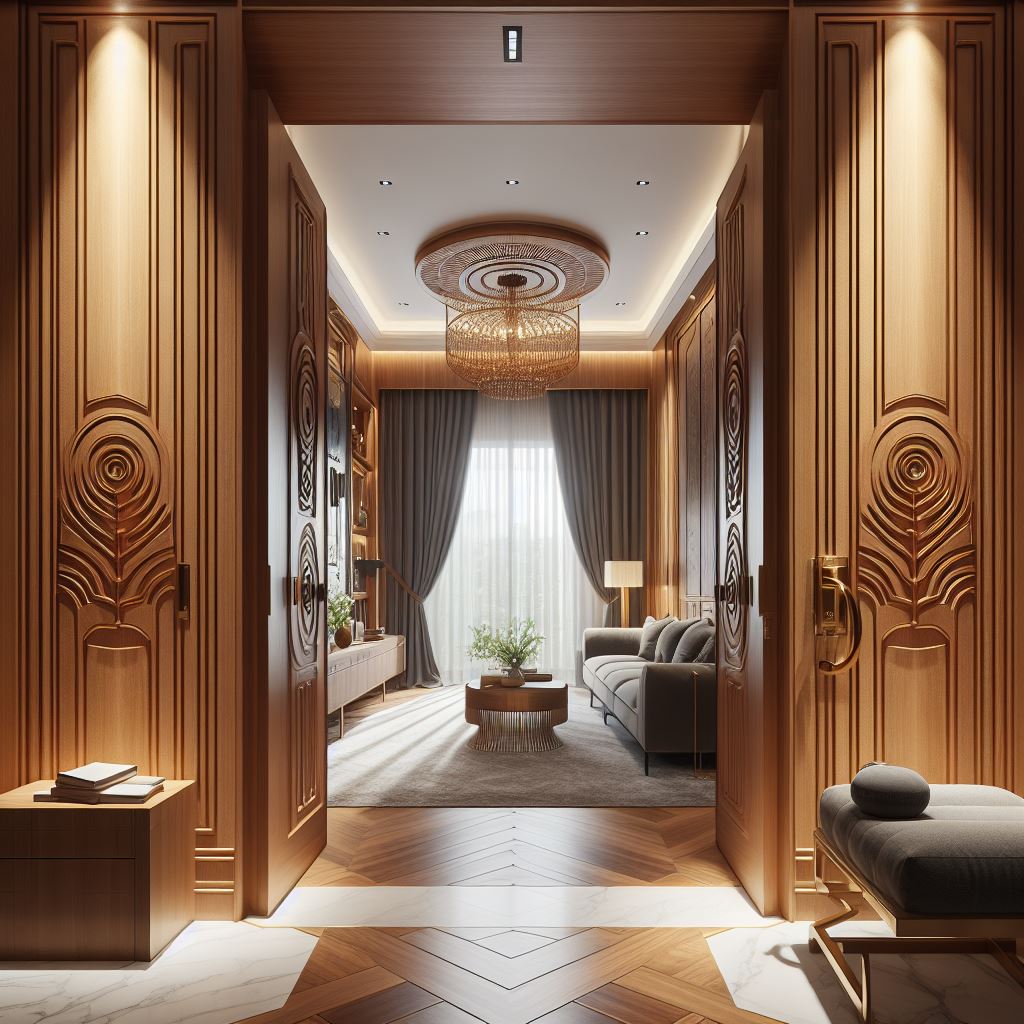

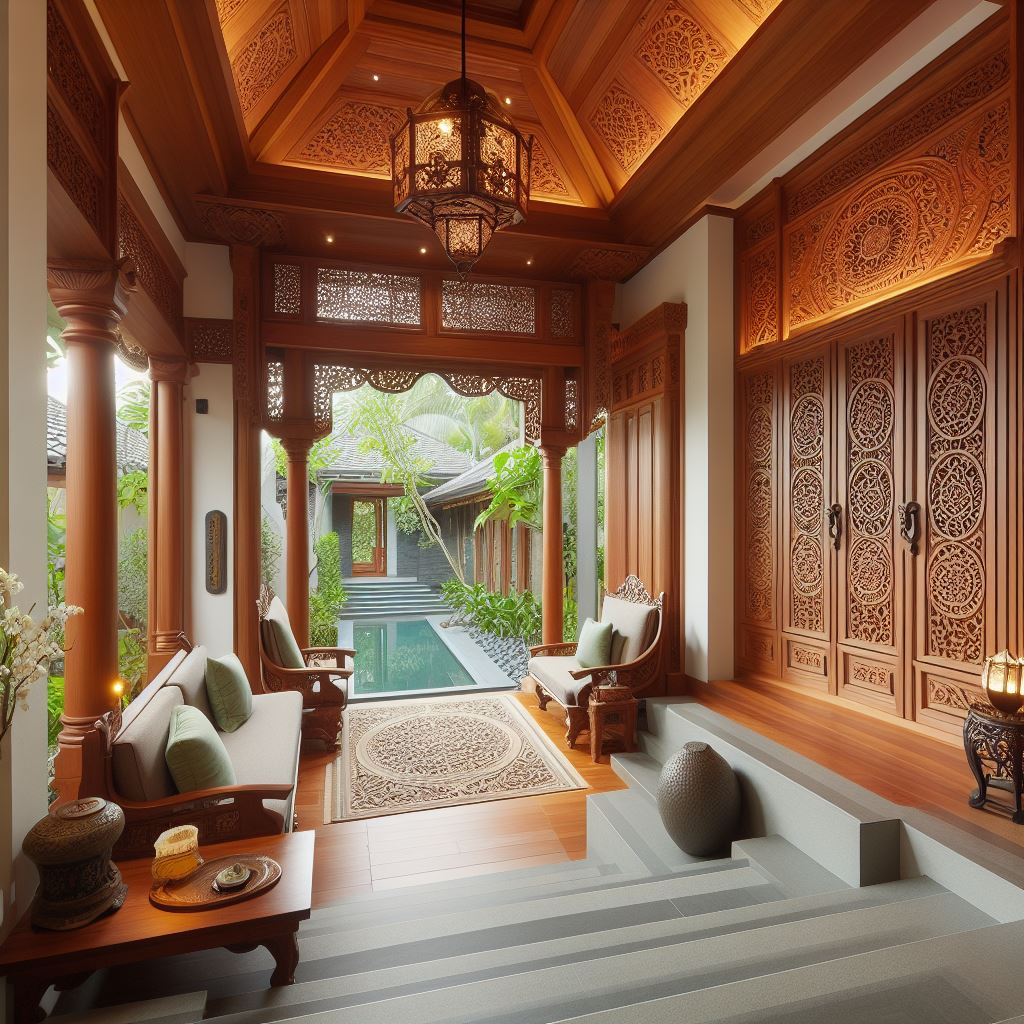
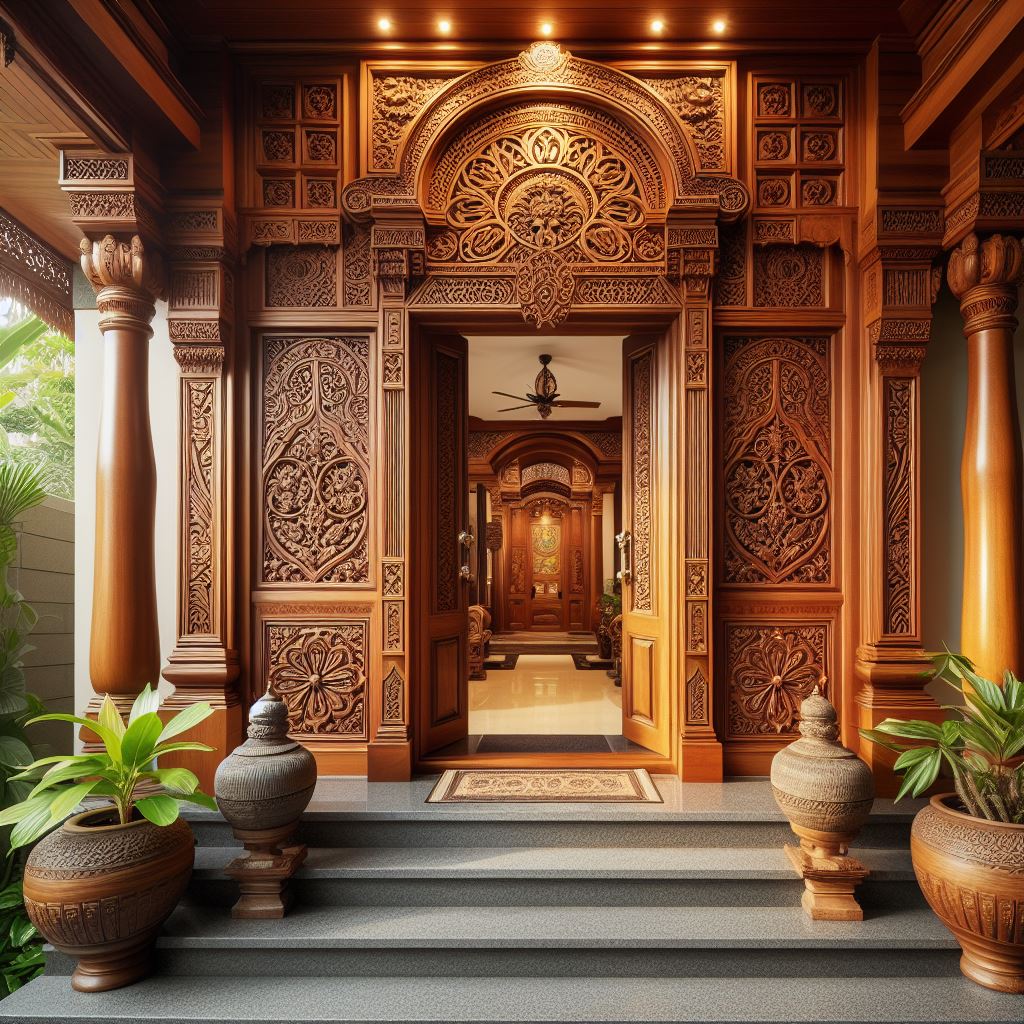
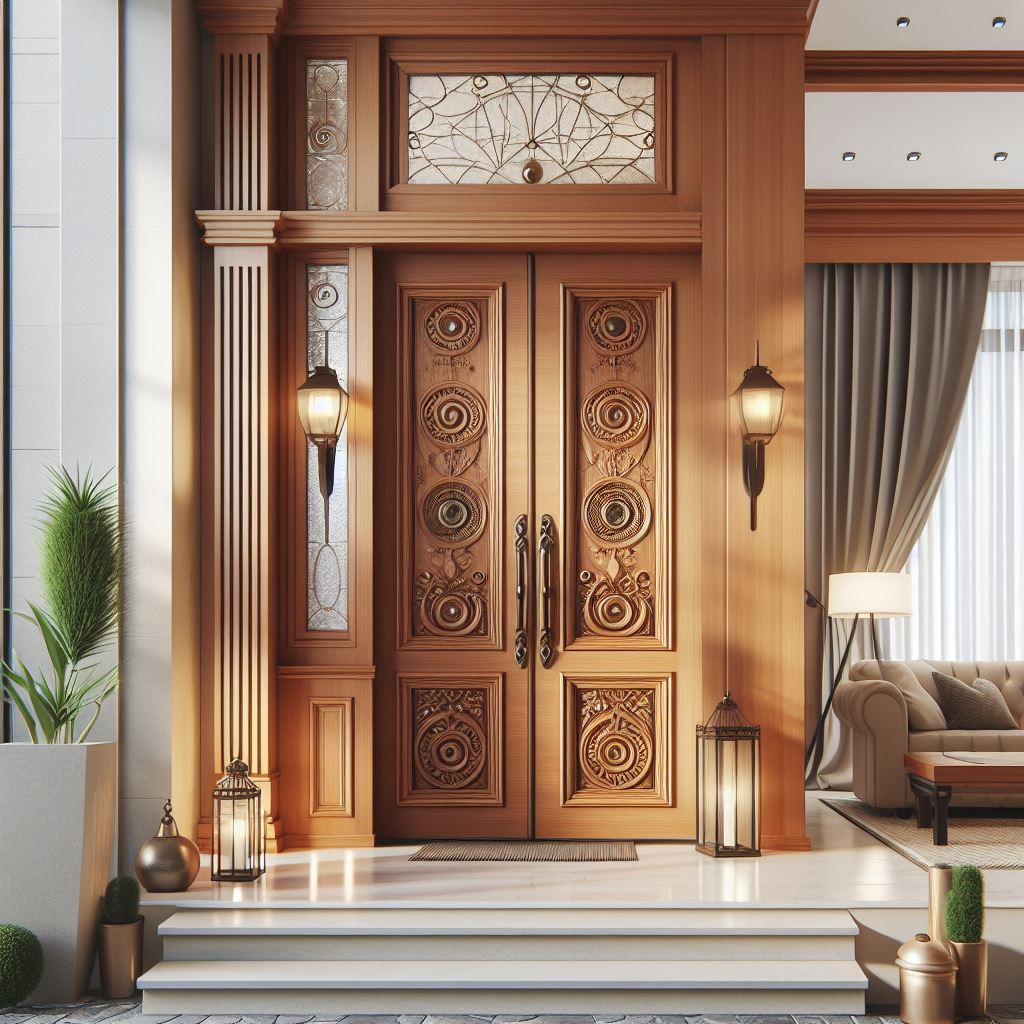

Stained Glass Entryways
There is a transcendent quality to stained-glass that has the power to elevate a home. In classic designs, these intricate panels often depict vibrant colors and timeless motifs, saturating the entryway with an ephemeral glow.
Historical Roots
Stained-glass became an integral part of Gothic and Romanesque churches, adorning windows and doors with biblical scenes. The skill then traveled to the domestic realm, where it was utilized to add an air of sophistication to Victorian and Edwardian homes.
Modern Appeal
Today, stained-glass is experiencing a renaissance as contemporary artists push the boundaries of design and color. Stained-glass entryways can range from traditional medallions to abstract patterns, offering a harmonious interplay of light and space.
Integration Tips
To integrate a stained-glass entryway, ensure the rest of your exterior accommodates the colors and design. Inside, consider coordinating with antique furniture and lamps to maintain the period appeal.
Wrought Iron Accents
Wrought iron is the unassuming champion of strength and grace. In doors, it’s a complementary feature that infuses a sense of history and durability, befitting of its weighty reputation.
Historical Roots
The craft of wrought iron manipulation is ancient, with roots in the Roman Empire. Its use in doors and architecture soared during the Renaissance and Baroque periods, where it stood emblematic of artistic and structural skill.
Modern Appeal
In contemporary homes, wrought iron accents evoke a sense of the medieval and Gothic eras, offering a stark yet inviting aesthetic. Modern wrought iron can be sleek or ornate, depending on the desired effect.
Integration Tips
Pair a wrought iron door with a brick or stucco facade for a Tuscan villa or Spanish Colonial look. Inside, blend wrought iron with wood and stone for a cohesive, ruggedly elegant feel.
Dutch Doors
There is a quaint appeal and an air of hospitality that comes with a Dutch door. It provides the charm of an open threshold while maintaining a secure divide—an emblem of simpler times and unpretentious living.
Historical Roots
The Dutch door, also known as a stable door, originated in the Netherlands, where it was developed to contain animals while allowing light and air into the barn. Its practicality soon found favor in homes across Europe and the Americas.
Modern Appeal
The Dutch door’s unique design is perfect for those who desire the benefits of open-concept living while maintaining privacy and security. In modern applications, Dutch doors are updated with classic or minimalist designs to suit various styles.
Integration Tips
A Dutch door is a perfect addition for a cottage or Cape Cod-style home. Its lower half can allow for a casual conversation between the inside and outside, while the upper half maintains a sense of boundary.
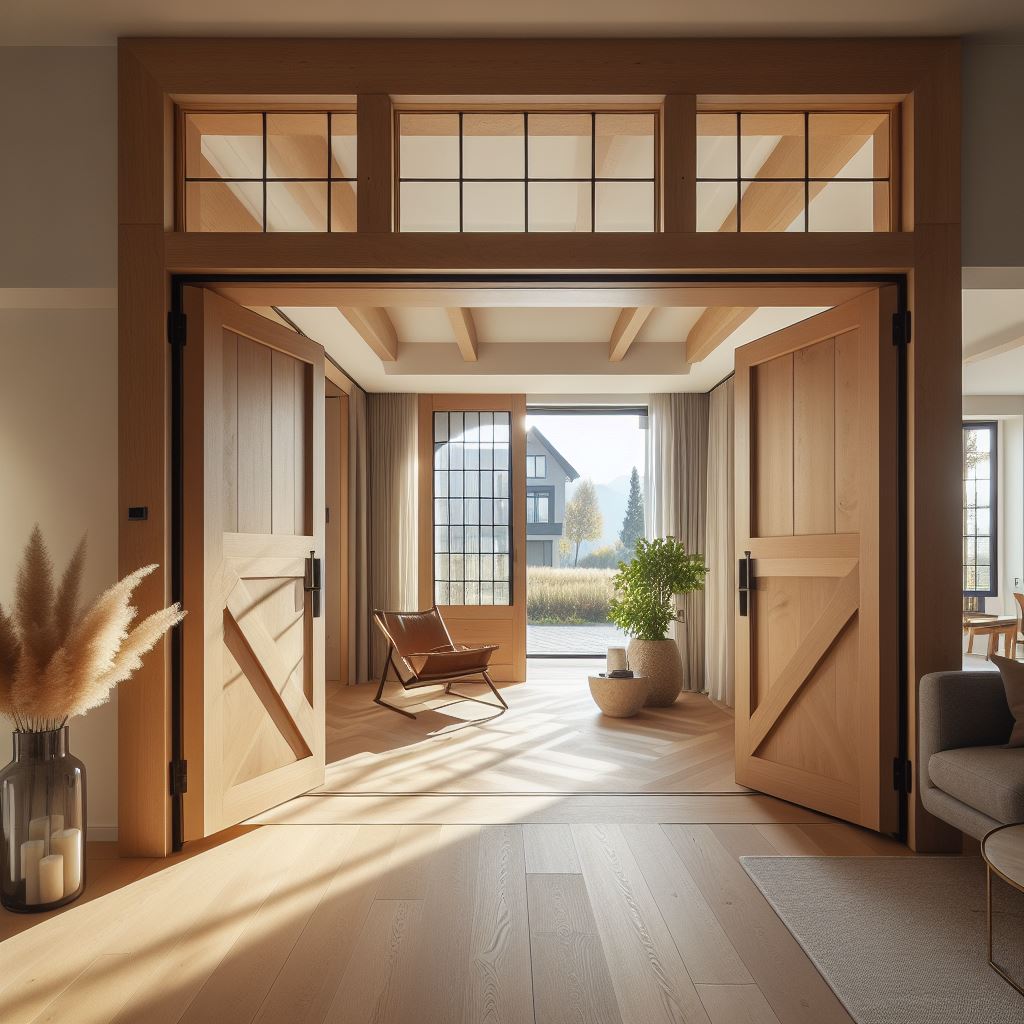
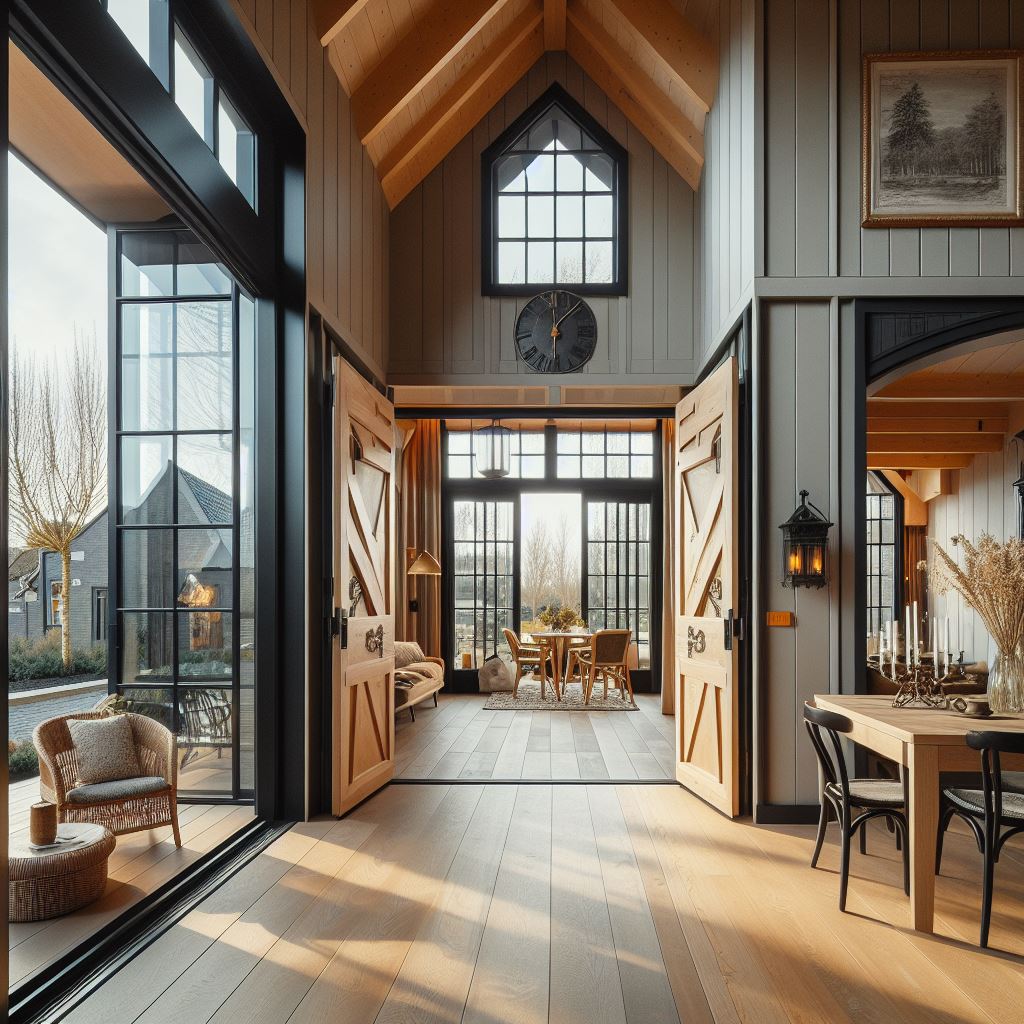
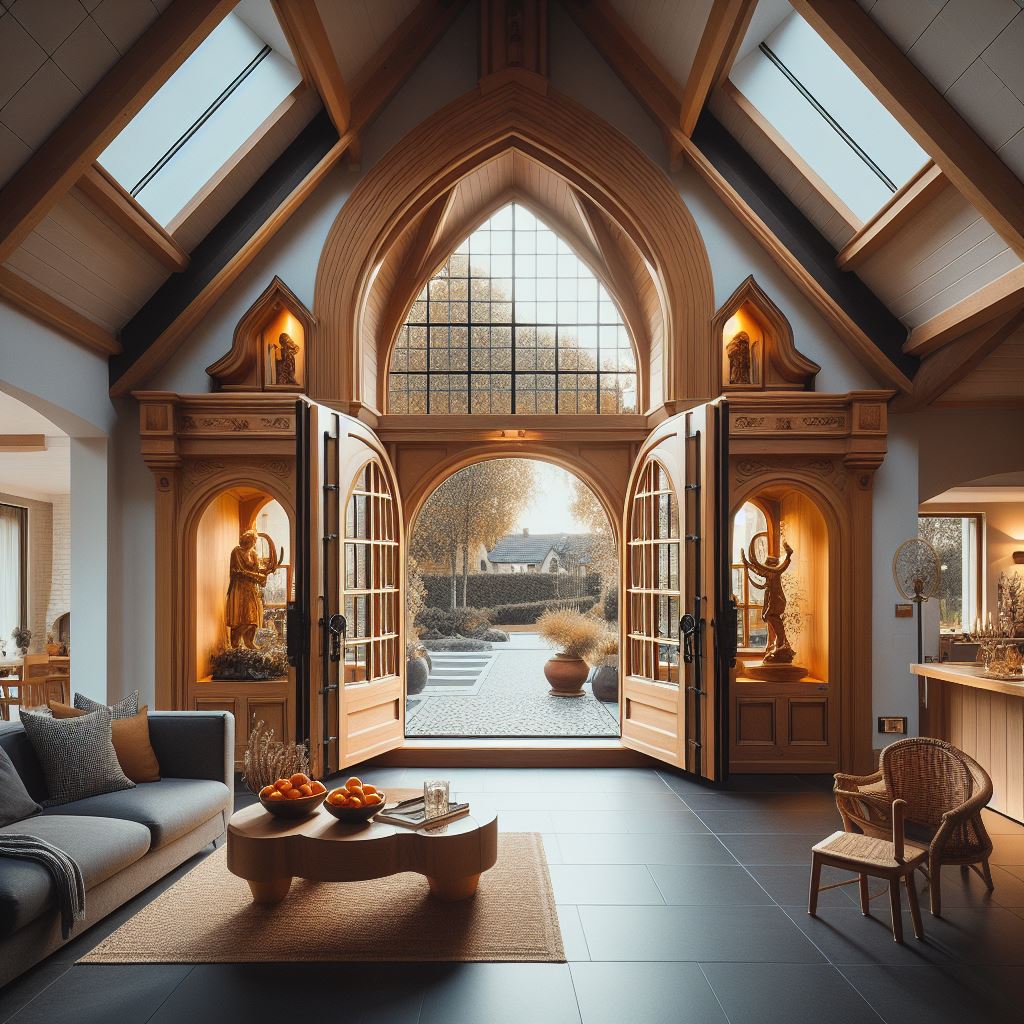
Arched Entry Doors
For those enamored with grandiose architectural statements, the arched entry door is an invitation to step into a world of romance and elegance. Its high ceilings and commanding presence hark back to eras replete with opulence.
Historical Roots
The use of the arch in entryways dates back to antiquity and was a chief feature of Classical and Byzantine architecture. During the Romanesque and Gothic periods, arches took on grander proportions, which have remained a hallmark of opulent design.
Modern Appeal
Arched entry doors, when crafted from fine woods or metals, bring a regal touch to any home. With modern minimalist detailing, an arched shape can soften and round out contemporary or traditional facades.
Integration Tips
Arched entry doors are versatile and can be accommodated by various home styles, be it a Mediterranean villa, a French château, or a modern farmhouse. Pair with vaulted ceilings and curved passageways for a truly harmonious flow of space.
The Importance of Main Doors in Classic Home Design
A home’s main door is the handshake with which your house greets the world. It sets the tone for the entire design narrative and helps frame expectations for what lies within. Whether you opt for a grand arch or the understated grace of a Dutch door, your main door is a crucial player in the silent narrative spun by your home’s design.
Tips for Maintaining and Enhancing Main Doors
Craftsmanship of the old world is a hefty investment, both in terms of history and wallet. Ensuring your timeless door continues to tell its tale means understanding the unique care and maintenance it requires. From seasonal refinishing to hardware upgrades, the right kind of TLC can keep your main door a storybook feature that lasts through the generations.
Conclusion
The main door of a classic home is more than just an architectural detail—it’s a connection to history, an embodiment of style, and a warm invitation to all who approach. By choosing a design that resonates with your architectural heritage or personal aesthetic, you can ensure that your home makes a timeless impression. Now, it’s your turn to open the next chapter in your home’s story. Whether you’re swinging open the door to a new classic renovation or keeping the spirit alive in an existing design, these main door design ideas are the first and last chapter of elegance in any classic residence.


